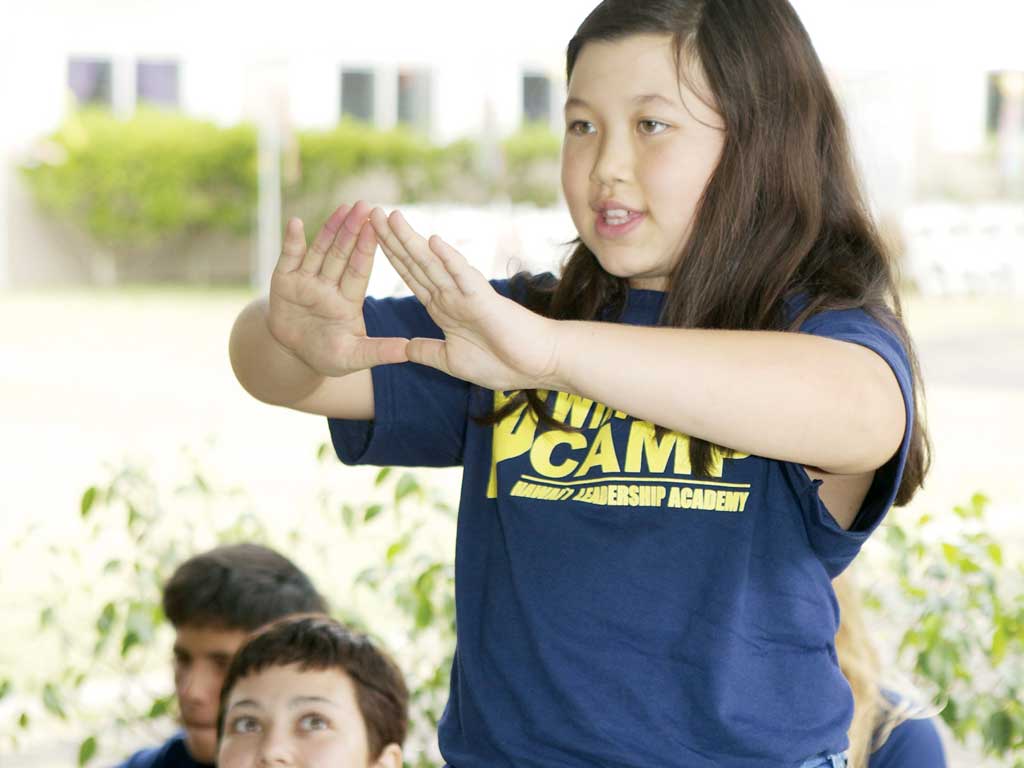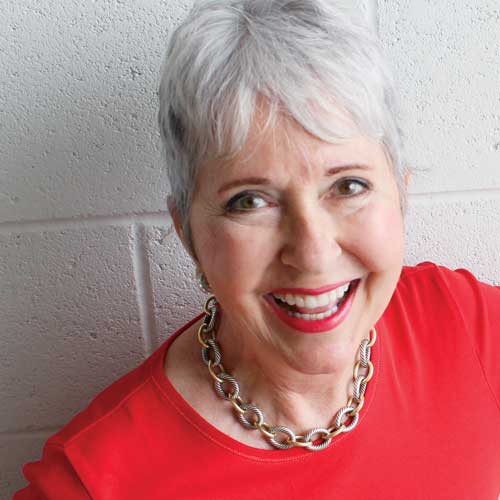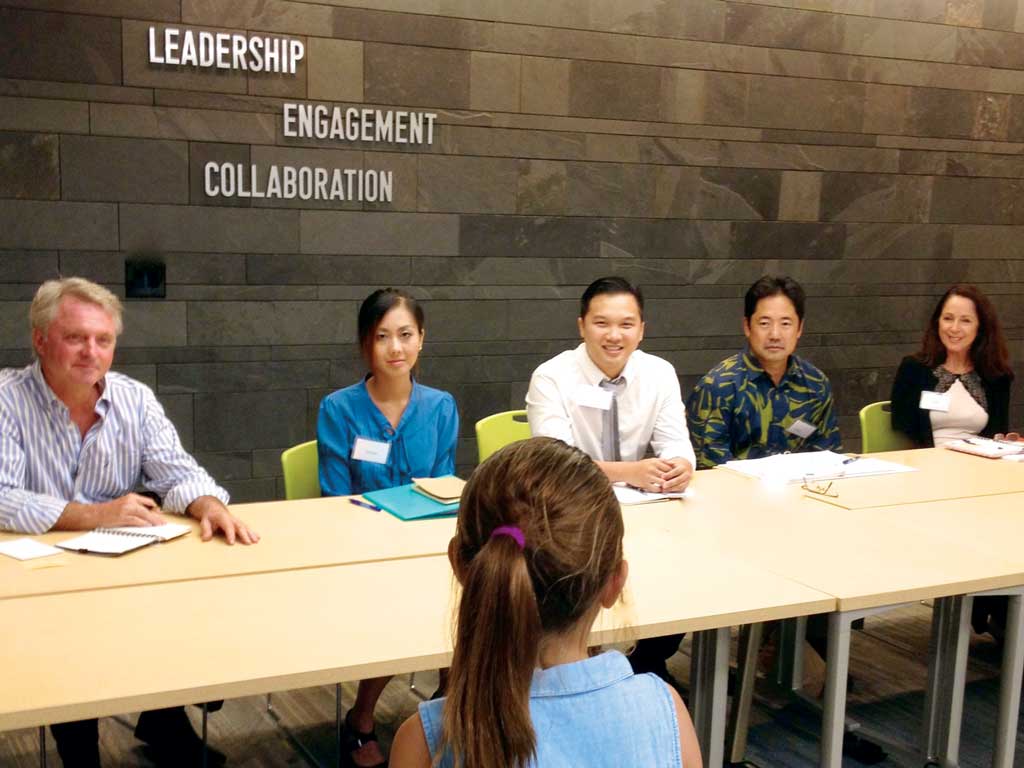by Pam Chambers
When I was in the third grade at Ray Elementary School in Chicago, we were instructed to write a book report that we would later read to the class. I instantly knew what I would write about: Charlotte’s Web by E.B. White.
When our teacher, Mrs. Z., called on me, I eagerly went to the front of the room and began to read my report. I soon stumbled on a word. It came out inside out and upside down. One of the “big girls” in the class, Wendy, laughed at my mistake and mimicked me. Because she was a leader, others followed. I wish I had been able to laugh at myself. Instead, I was mortified and fell silent. My face got hot and my glasses slid down my nose. Mrs. Z. barked, “Continue!”
In that moment, I made a life-changing decision: THIS IS NOT A SAFE PLACE. I vowed to avoid such situations in the future, and for nearly two decades, I kept that vow. I sat along the sidelines, not standing out, not speaking up.

What presentations are relevant to your child?
- Giving a book report
- Explaining a science project
- Campaigning for student body president
- Being interviewed for a job
- Interacting “virtually,” as on Zoom, Skype, or Teams
If your children are reluctant to have all eyes on them, I hope you will find some useful techniques here. These are the very techniques that worked for me during my early struggles.
Why is public speaking uncomfortable?
Because we fear being judged and evaluated. It’s one thing to offer an idea as we sit with our peers. But the minute we stand up and separate ourselves from the herd, we are alone. We are vulnerable to the appraising eyes and minds of others.
The solution is to create connection between you and your audience. When you do that, you have a sense that helping hands are carrying some of the load. You are no longer alone. I teach people how to create that connection.
I have coached children, teens, and adults from all walks of life. On the occasion that a young person attends my classes, everyone says, “Wow! I wish I had taken a class like this when I was that age!”
Winners’ Camp for teens has existed in Hawaii for over30 years. In its supportive environment, teens recognize and abandon negative decisions they may have made about themselves and about life. I am honored to be one of their regular facilitators, teaching “Manners Can Be Fun!”
I asked founder Delorese Gregoire how she uses public speaking as a confidence-building tool at Camp. “On the first day, the teens stand on the riser along with their teammates. I show them effective body language: feet facing forward and arms at their sides while maintaining eye contact with their fellow campers. As they introduce themselves, they deliberately begin to eliminate common verbal tics such as, ‘um,’ ‘ah,’ and ‘like.’”
Throughout the week, the teens have many opportunities to stand in front of the room. They become eager to do so.
I asked Delorese if any of the teens balk at speaking before the group. “Sometimes, but when their peers call on them and encourage them to get out of their comfort zone, they make a breakthrough. At Camp, peers lead peers.”
Tips for managing nervousness
- Show how your child’s message will help others. Clammy hands and butterflies in the stomach are tolerable when we believe that our message is worthy.
- Release adrenaline by digging one’s toes into the floor for several seconds. This is similar to letting too much air out of a bicycle tire.
- Know and love your subject, and you will communicate eagerly, naturally, and without self-consciousness.
- Make friends with your audience ahead of time. From an early age, we are taught not to speak to strangers. But then, as we go through school and job experiences, we are expected to stand on a stage and speak to a crowd of people we may not know. Get to your speaking venue early so that you can meet some of the people you’ll be talking to.
My youngest student was 10-year-old Shannon Hamilton. When I asked her why she came to my class, she said, “I came so that I could feel more confident with a big group of people. I’m not nervous here because everyone is really nice.”
Shannon’s mother, attorney Jackie Kong, sent me an e-mail saying, “I was delighted that you accepted Shannon into your public speaking class so that she could gain poise and confidence. She loves your classes! Soon she will speak at her grandmother’s 85th birthday party, and I’m happy that she will have the tools to succeed.”
My friend, Katherine Nichols, a free-lance writer, took my classes, and later sent her son and daughter. “Both of my children had the privilege of participating in the Pam Chambers Presentation Course by the age of 12. It was an experience that challenged them and developed their ability to speak in front of the classroom. Even more importantly, their capacity for receiving constructive feedback blossomed. Supporting them in this endeavor was a great achievement for me as a parent.”
Tips for appearing “virtually” on Zoom, Skype, Teams, etc.
- Create a light source in front of you, not behind you.
- Look at your camera. (When you look at the faces on the screen, it appears that you are not making eye contact.)
- Remove clutter from your background or use a folding screen to hide distractions.
- Ask your housemates to avoiding walking around behind you. Remove pets from the area.
- Use a portable mic if you have distracting sounds in the background.

Pam Chambers has been a professional speaker and presentation coach in Hawaii since 1985. She offers customized in-house training sessions, public speaking classes, personal coaching, and keynote speeches. Visit Pam’s website to download her digital book, Life is a Presentation.
www.pamchambers.com
E-mail: SpeakOut@pamchambers.com





